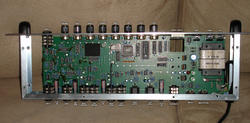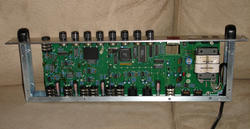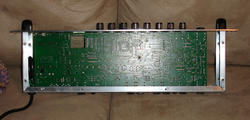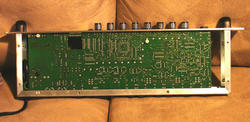audiovisceral
Well-known member
- Joined
- Mar 25, 2008
- Messages
- 150
I have a SansAmp PSA-1, and I want to try it with some new IC's. However, as you can see many of the chips in the unit are unlabeled:
http://www.freeimagehosting.net/uploads/397234b749.jpg
http://www.freeimagehosting.net/uploads/dcc1da1a5b.jpg
The GT-2 pedal from the same company uses one TL072 and three TLC2262's. I am guessing the component choices are similar. However, before I do anything, I would really prefer to know for sure what is what.
Does anyone have a service manual or schematic for this unit they might be willing to share? If so, PM would be great. Any other helpful info on how I could figure this out would also be nice.
Thanks.
http://www.freeimagehosting.net/uploads/397234b749.jpg
http://www.freeimagehosting.net/uploads/dcc1da1a5b.jpg
The GT-2 pedal from the same company uses one TL072 and three TLC2262's. I am guessing the component choices are similar. However, before I do anything, I would really prefer to know for sure what is what.
Does anyone have a service manual or schematic for this unit they might be willing to share? If so, PM would be great. Any other helpful info on how I could figure this out would also be nice.
Thanks.






